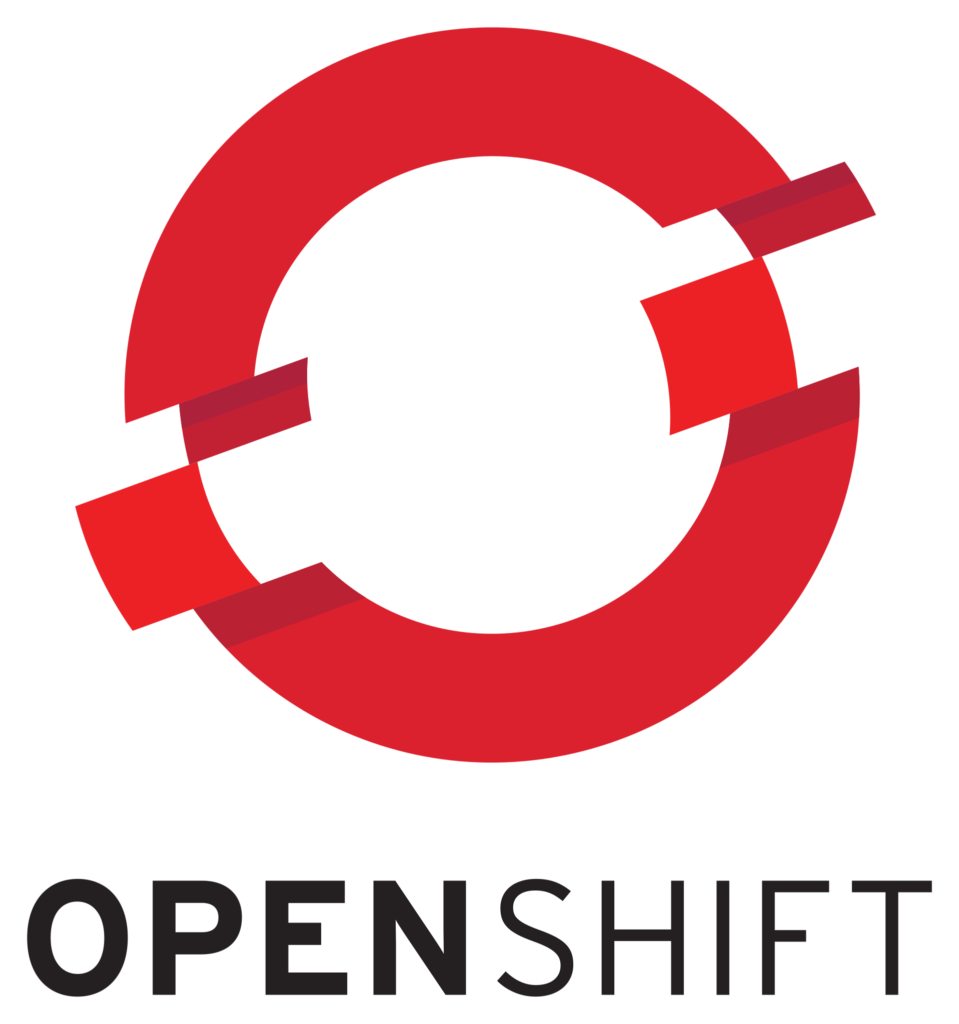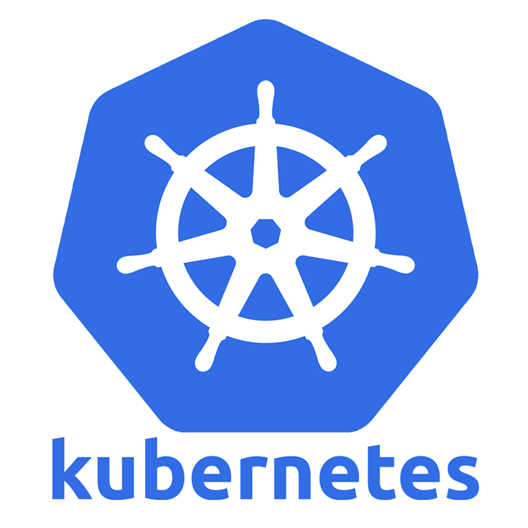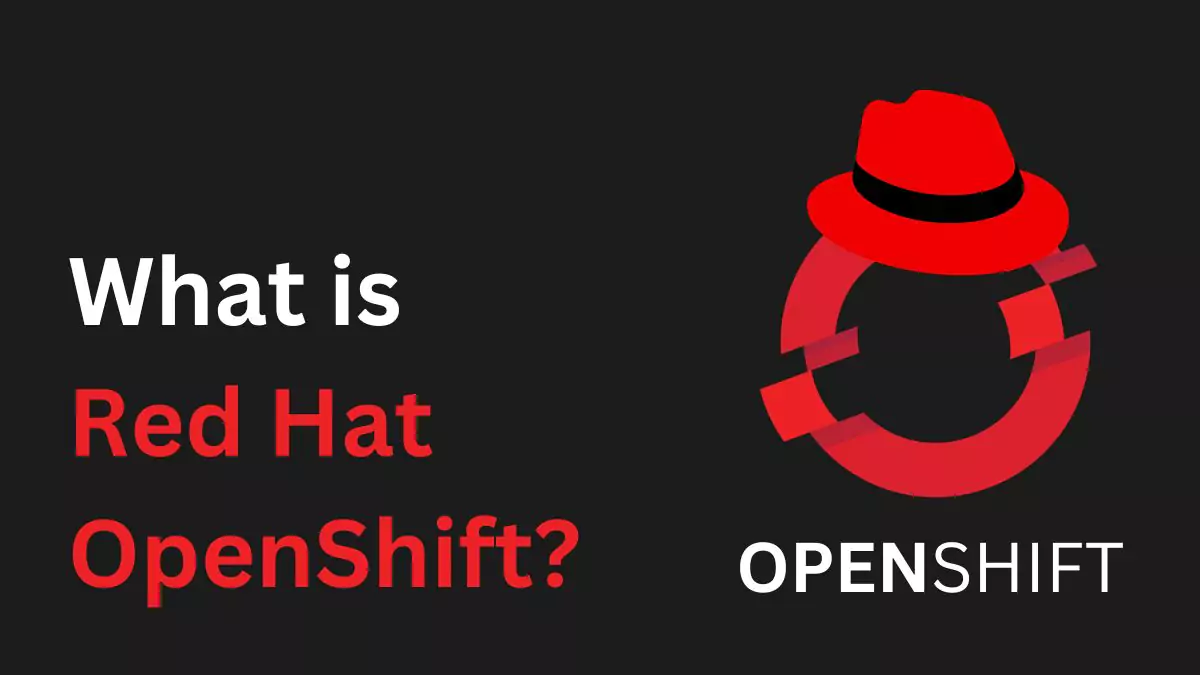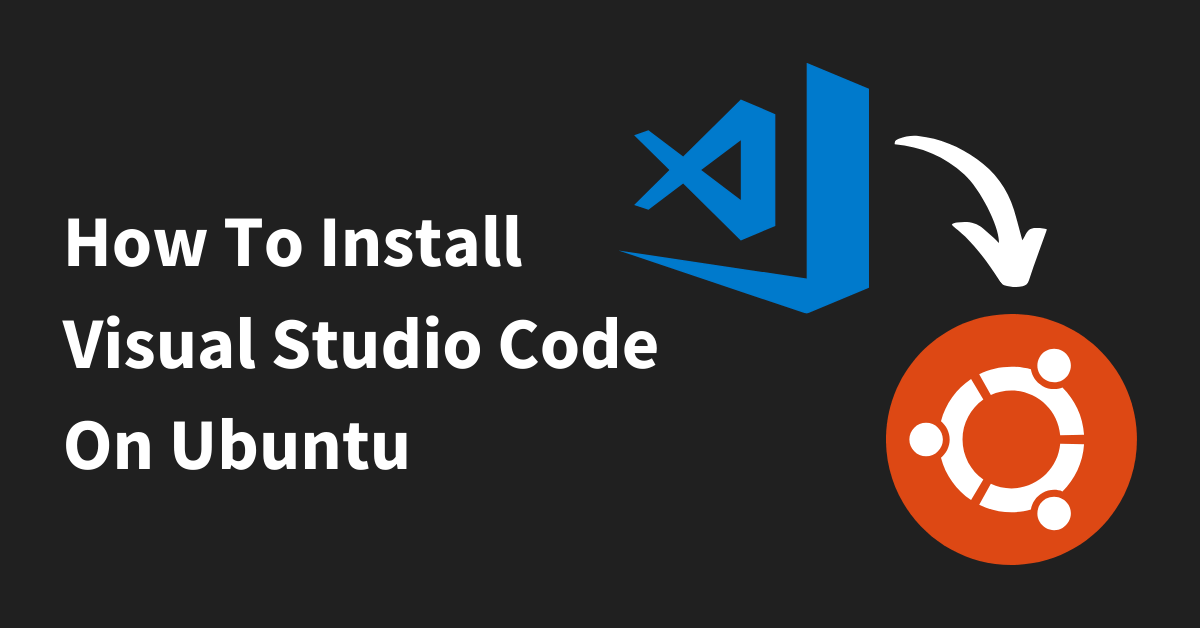What can Red Hat OpenShift be? It is a Kubernetes-based platform that automates the utilization, scaling, and operations of application containers over a group of hosts. Now, let’s delve into the necessary details. Furthermore, we will take a deep look at OpenShift, its container platform, architecture, and its lifecycle.
What is Red Hat OpenShift?

It is the industry’s leading Kubernetes application platform.
It is powered by Kubernetes, furthermore, it brings along the tested and trusted services to decrease the hassle of developing, updating, placing, running, and controlling applications.
Moreover, it provides a consistent experience on public cloud, hybrid cloud as well as on edge architecture.
To expand on the given topic and to better explain each specific heading that was mentioned above, we should discuss the topic separately.
What is Red Hat?
Red Hat was established in 1993 by Bob Young and Marc Ewing. It is an American software company that provides open source software products and it is a subordinate of IBM.
Red Hat is the foremost provider of enterprise open-source software solutions. Enterprises worldwide trust Red Hat’s broad portfolio of hybrid infrastructure, cloud-native application development, application services, and automation solutions to deliver IT services on any infrastructure rapidly.
They are not applicable for free. Hence, they are commercial products with subscription-based pricing.
It is a leading provider of open-source solutions for businesses, storage, and cloud technologies. Besides, it has gained a reputation for providing reliable, secure, and flexible solutions for businesses and organizations of all sizes.
Furthermore, Red Hat is one of the top contributors to the Linux kernel and linked technologies in the greater open-source community. Despite their use case and the workload, The engineers will make sure that their features are boosted. Moreover, they are reliable and their security is stable enough for the soaring performance.
History of RedHat
Linux distribution was designed by Marc Ewing. He named it Red Hat Linux. Moreover, he always wore a Red Lacrosse Hat which was given to him by his grandfather while attending University.
In 2019, IBM received Red Hat as one of the largest acquisitions in the tech industry’s history, further hardening Red Hat’s position as a leader in enterprise open-source software.
What is OpenShift?
Red Hat created OpenShift as a suite of applications that contain the management of containerization. In addition, it offers one of its key products in the OpenShift Container Platform, which is essentially a hybrid cloud platform that offers a complementary foundation for creating, managing, and governing containerized applications.
Moreover, this platform is built using many technologies which are: Linux containers – these containers are package applications along with their dependencies and configurations, making sure they run consistently often above different environments.
Kubernetes

Kubernetes orchestrates containerized applications.
Moreover, confirming that they are running in the right place, efficiently assigning resources, and controlling their lifecycle and scaling.
Red Hat Enterprise Linux (RHEL)
It provides a reliable and secure base for running all the software and services in the platform.
And then, it is a platform that allows developers and operation engineers or even DevOps professionals to run fully packed applications.
Furthermore, it’s powered by Kubernetes, but there’s also an additional architectural layer that makes the life of DevOps teams simpler.
This brings together the tested and trusted services to reduce the conflict of developing, modernizing, running, and managing applications. Furthermore, it delivers a dependable experience across the public cloud, hybrid cloud, or edge architecture.
Moreover, It is an operation-ready application platform with arrangements and structure options that support every application and environment. Furthermore, It also advances open-source development where people can modify it and make it better.
Features :
Additionally, People from different places and different backgrounds work together to make the software better.
Hence, Everyone shares their ideas and skills in a big group project, which encourages people to create new ideas that flourish. Red Hat is established for developers’ workflow such as managing the development lifecycle. Moreover, supports multiple environments, release management, and more.
It works as a continuous security; furthermore, it controls, defends, and extends the security of Kubernetes clusters and applications running on them. Finally, this can be done by keeping a check throughout the application life cycle and automating updates across all categories of the stack.
Lastly, it allows us to scale so that we can grow our business through cloud-native development. Kubernetes can approach the underlying infrastructure and can help control the application lifecycle and development workflows.
OpenShift – The Focal Point and its Benefits
It is developed on the most popular Linux container technology, Docker.
In addition, it has become the standard for developers due to its capability to optimize system resources, deliver Software faster, and minimize security issues.
OpenShift offers important benefits for software development and container deployment :
Run cloud-native microservices at scale – Moreover, microservices architectures combine loosely coupled functions to create high-performing applications.
Therefore, The small size of these services makes them highly testable and easy to maintain and increases the flexibility in how apps are structured and deployed.
Scale and control infrastructure – Additionally, the robust, cloud-based nature of OpenShift gives companies full control over the scale and management of their infrastructure.
Moreover, allowing them to integrate into a vast ecosystem of partners with open-source and cloud-native technologies.
And then, it includes a set of developer tools in the form of command line utilities and IDE support. Furthermore, it allows developers to write and deploy to production with increased speed.
What is the OpenShift Container Platform?
OpenShift Container Platform is similar to a control center. Moreover, it controls a group of containers like:
1. Networking – it includes managing the network connection and traffic routing within a group, and making sure of the communication between containers and services.
2. Load balancing – this ensures that no container is overloaded.
3. Routing – GPS for the containers, furthermore, it determines the best path for data to travel between them.
4. Cluster service – besides, extra tools that keep everything running smoothly, like checks on the health and performances of the containers. Whereas, it keeps track of what’s happening with the logs and also makes sure that the platform stays updated with the latest improvements.
Container “image registry and Operator Hub” have different software tools for the containers. Moreover, some are officially registered by Red Hat, while others are built by the community.
The benefits of the tools are: Managing Applications and overseeing all tasks.
Besides, There are many options to manage these tools :
- Manual configuration, we can set things according to our choice by changing settings and therefore, deploying the containers manually.
- Operators, help to automate the tasks, like updates.
- We can build our custom software tools by mixing and matching existing ones or writing our code. However, we can store them in a registry, just like saving files on a computer.
- 3. Multicluster Management, A huge control panel where we can control several clusters of containers at once.
Furthermore, it helps to keep everything organized and it makes sure that it is running smoothly across multiple locations.
OpenShift Architecture
The OpenShift Container Platform works together. This is done with the help of microservices-based architecture. Moreover, They have smaller and smaller units.
It runs above a Kubernetes cluster, having data about the objects stored in etcd, which is a reliable clustered key-value store.
REST APIs – the interface that lets us talk with the system.
- Controllers – they listen to what we want through the APIs, however, it makes sure that the system provides whatever we ask for.
- Customization – the flexibility to change things to fit according to our needs. However, we can customize how things work without messing up others.
- Event stream – it updates with the current information. Therefore, It keeps everyone in the loop about what’s happening.
Furthermore, If something goes wrong, the system will quickly get back on track by recognizing and fixing the issues.
Its well-organized architecture allows everyone to know their role, moreover, it communicates effectively and can match itself to the changes smoothly.
OpenShift Lifecycle
Red Hat OpenShift Container Platform provides a time-detailed lifecycle. Furthermore, we can sort At Least 4 minor versions at any time. The period of support is finalized from the starting point of the minor version release. And offers diverse levels of support and maintenance.
Life Cycle Phases
i) Full support – It starts at the release of the minor version. However, it ends after 6 months. Moreover, Full support is applicable according to the published scope of coverage and service level agreement. Therefore, we give development support according to the published scope of coverage and service level agreement.
ii) Maintenance support – Comes after the full support phase and ends at 18 months of GA.
iii) Extended update support – Red Hat will denote all even numbered minor releases as extended update support(EUS) releases
iv) Extended life phase – The subscription provides continuing entries to previously released content on the Red Hat customer portal. Lastly, other content like documentation and the Red Hat knowledgebase.
Conclusion
Red Hat, Therefore, is an American software company known for open-source solutions to enterprises worldwide. Moreover, It provides a broad portfolio of hybrid infrastructure, cloud-native development tools, and automation solutions. However, One of its flagship products is OpenShift, which allows well-planned collaboration among developers, operation teams, and DevOps professionals, making sure of reliability, and security. Lastly, With a well-organized lifecycle and continuous support, the Red Hat OpenShift container platform is a trusted choice for businesses seeking robust and flexible software solutions.


